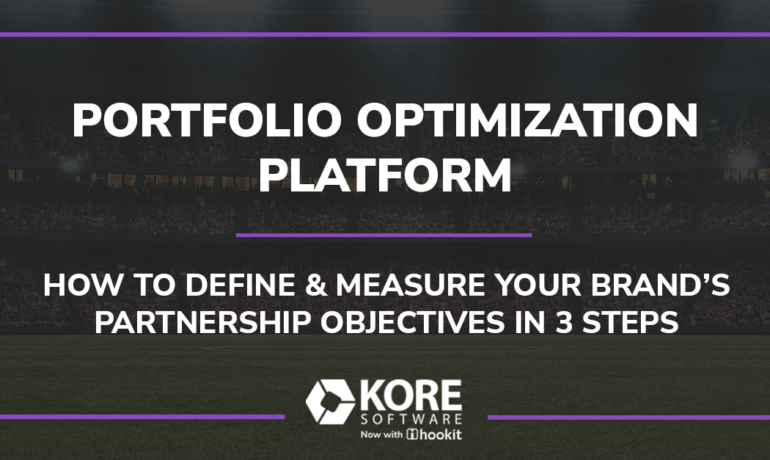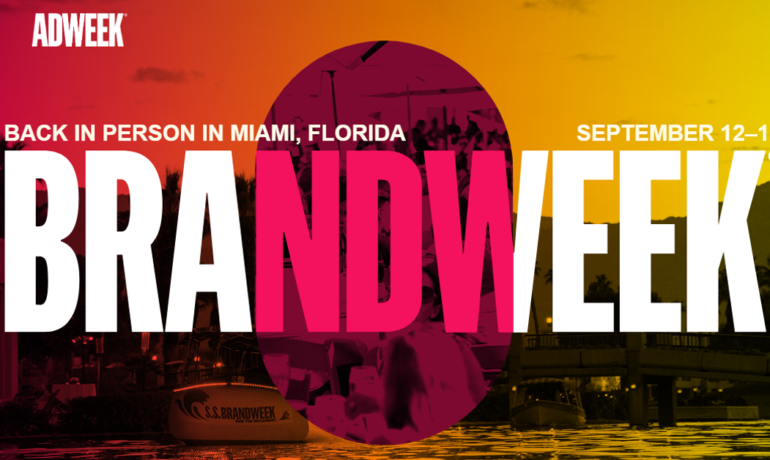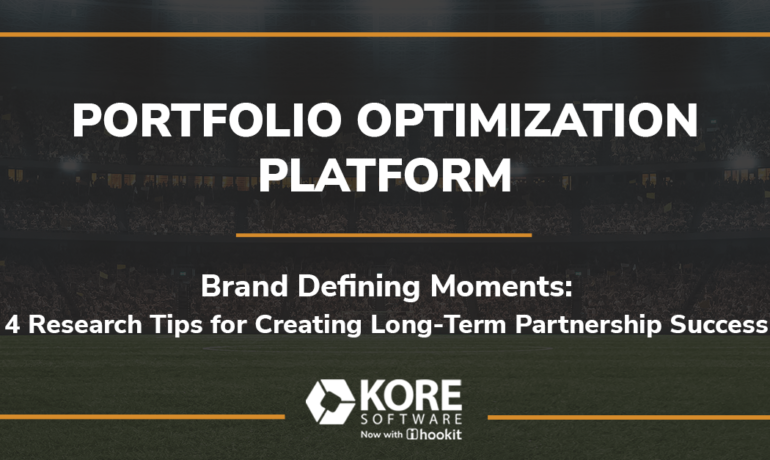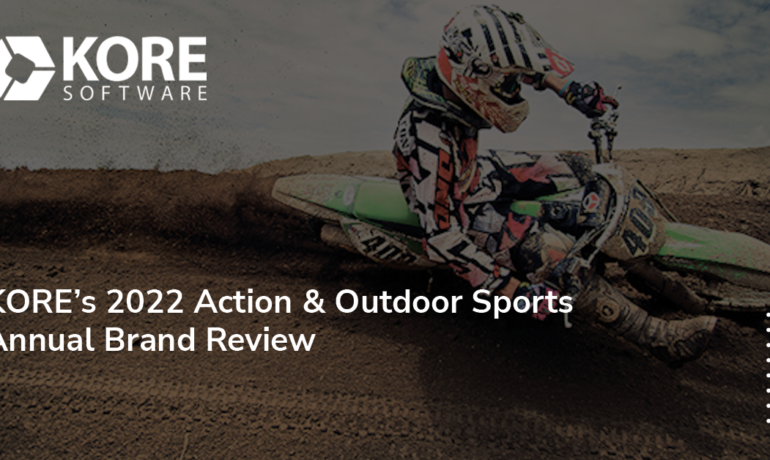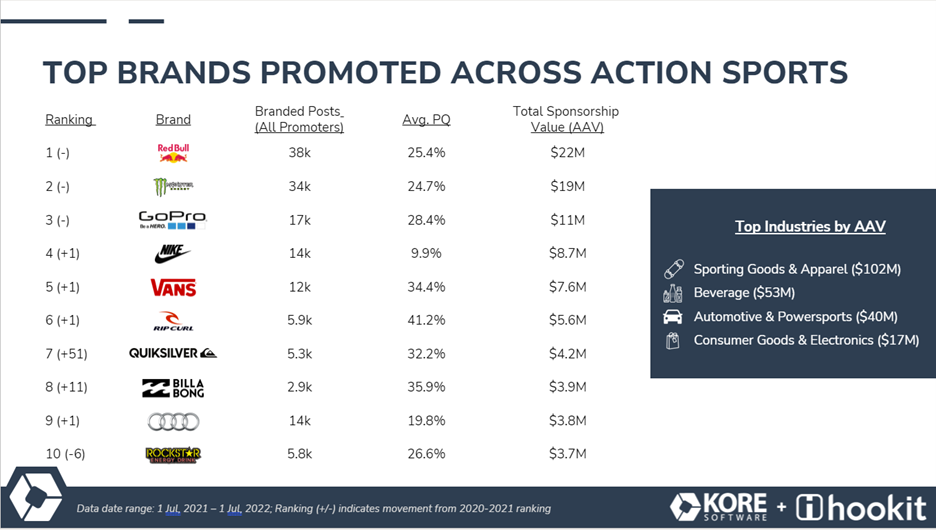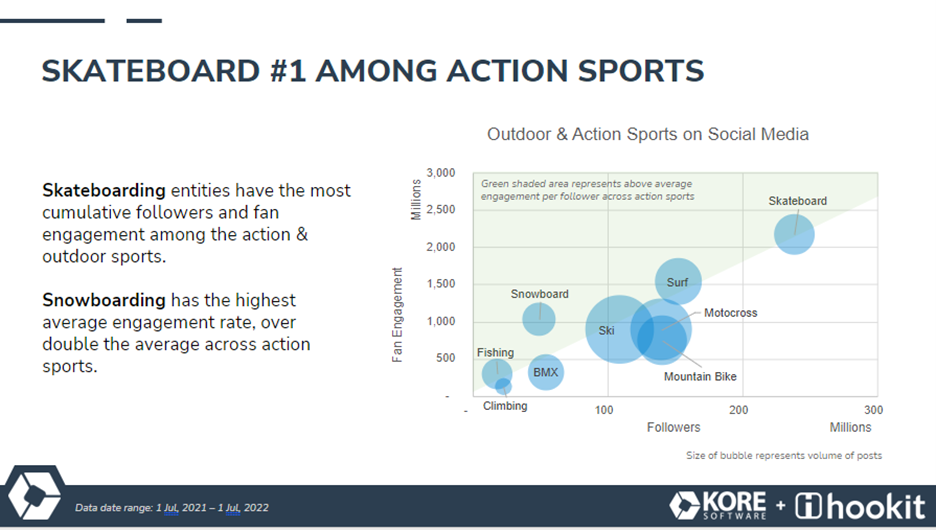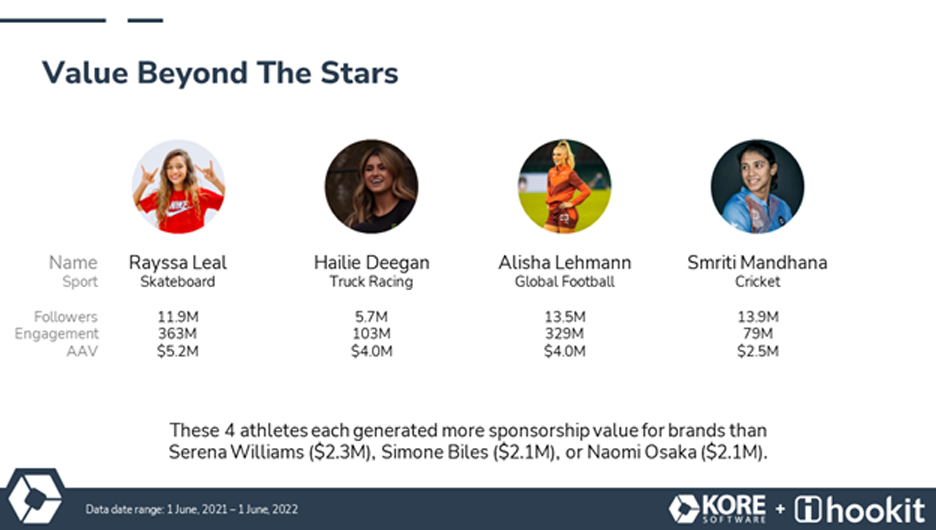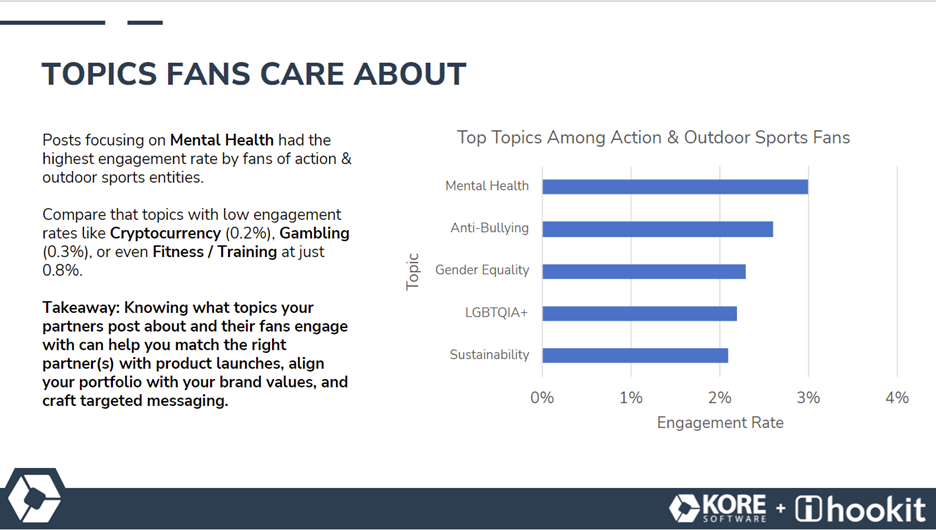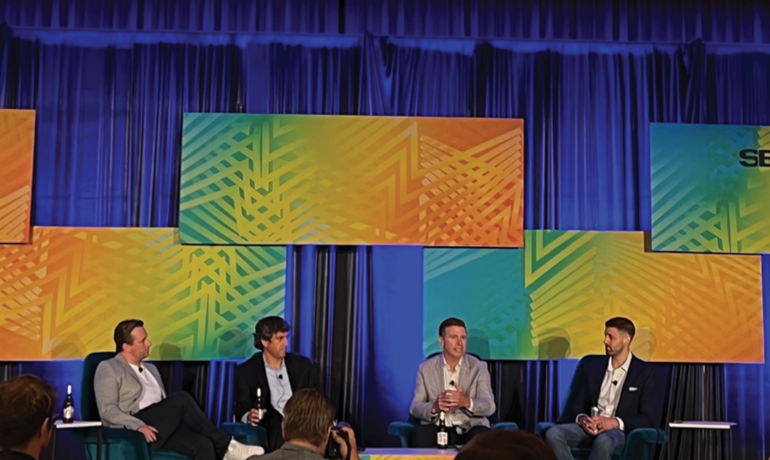How to Define & Measure Your Brand’s Partnership Objectives in 3 Steps
Introduction
If you’re strategizing how to get the most out of your partnership, you’re not alone. With $57B being spent globally on sponsorships, forecasted to go up to $90B within the next five years, brands everywhere are under pressure to better manage, measure and optimize their sponsorship portfolios. By measuring sponsorships, organizations can maximize brand awareness, activations, and fan loyalty, improving the return on sponsorship investments. To create and maintain a successful partnership, both parties need to be on the same page from the beginning about what is expected and the general goals of the partnership. Defining and measuring objectives is one way to ensure alignment. In this article, we will explore three steps to help you and your partner achieve long-term success.
- Defining objectives
- Setting realistic expectations
- Measuring and tracking progress
Step 1: Defining Objectives
What are brand partnership objectives and why are they important to define and measure?
Partnership objectives are goals that a brand or organization wants to achieve through a sponsorship agreement. They can be things like increasing brand visibility through unique activations like sponsoring an athlete’s official avatar in popular video games or relating to a niche audience like an online cooking school with interactive guest teaching appearances from well known artists to generating leads from social posts, or driving ticket sales from ads. Defining and measuring these objectives is important because it helps ensure that both parties are on the same page about what is expected from the sponsorship and that the partnership is productive. Additionally, data collected from objectives can be used to improve marketing and promotional efforts. Asking your partner what their objectives are can be a hard conversation to dial in. Read our approach to how to ask your partner for their objectives in order to come out with alignment and a clear, actionable plan.
Some common partnership objective examples include:
- Increasing brand awareness
- Elevating the fan experience
- Driving ticket sales or attendance
- Generating leads or sales
- Aligning with corporate CSR initiatives
- Increasing onsite traffic or social media followers
- Targeting and connecting with an expanded demographic
IOnce the objectives have been defined, it is important to set measurable goals that can be tracked to see if progress is being made. This can be done by creating a timeline with milestones and specific target values. For example, if increasing brand awareness is one of the objectives, then the goal might be to increase social media followers by a certain percentage in a certain amount of time. A more accurate, multidimensional way to measure brand value from your partner’s social accounts is to track each partnership and earned media post that have your clear logo within an image, video or text mention. This can be done through Evaluate Social, an industry-leading tool that has built-in automation to authenticate athletes’ and artists’ stories, audience data, and watch-through rates.
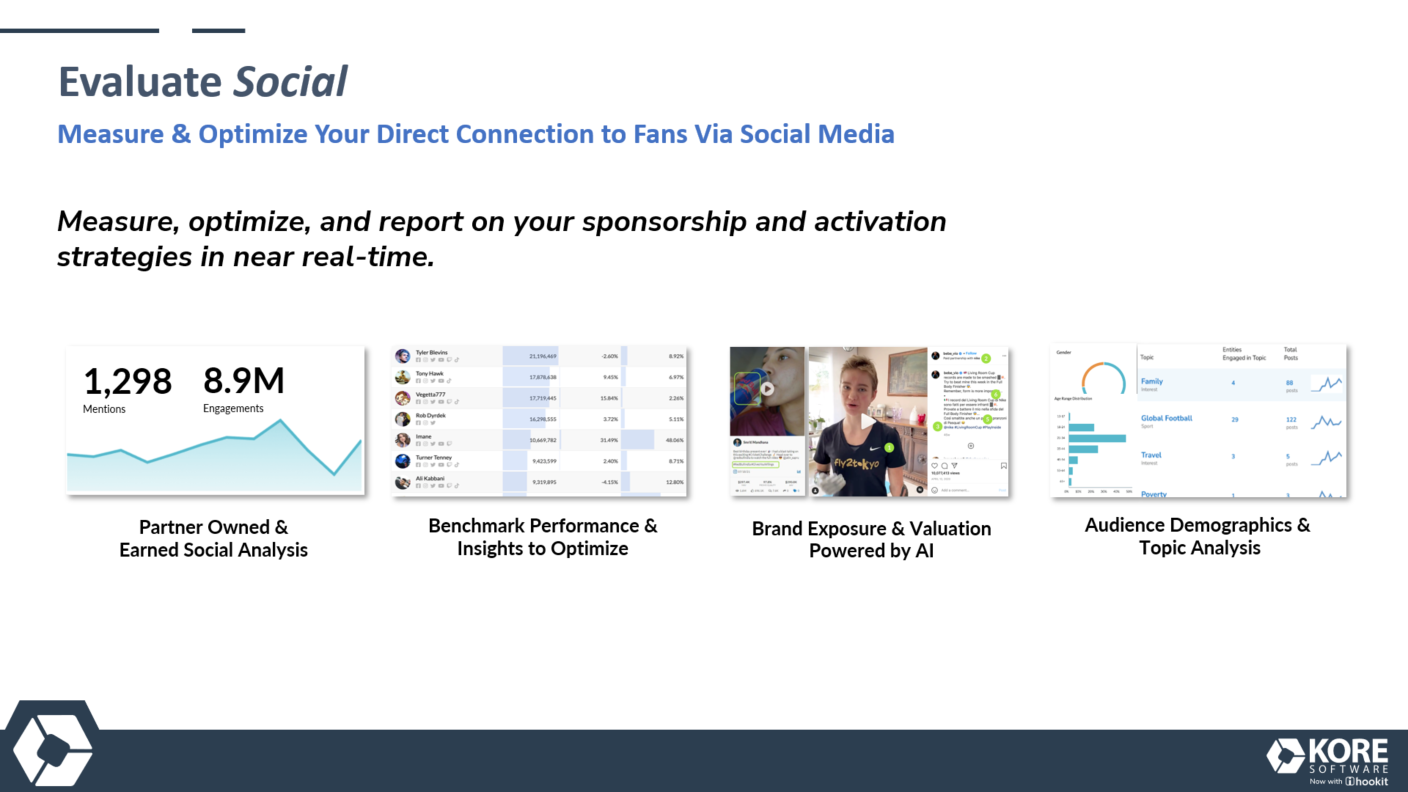
This tool evolved from the flagship AI-powered sponsorship technology developed by Hookit, who integrated into the KORE family earlier this year. With Evaluate Social you can set goals and measure and monitor them against KPIs, then share insights with your partners. Measuring against these objectives will help ensure that both parties are on track and meeting their goals. The best part is, this tool will help you quantify the value of your brand’s exposure so you can enhance your strategy and sponsorship ROI.
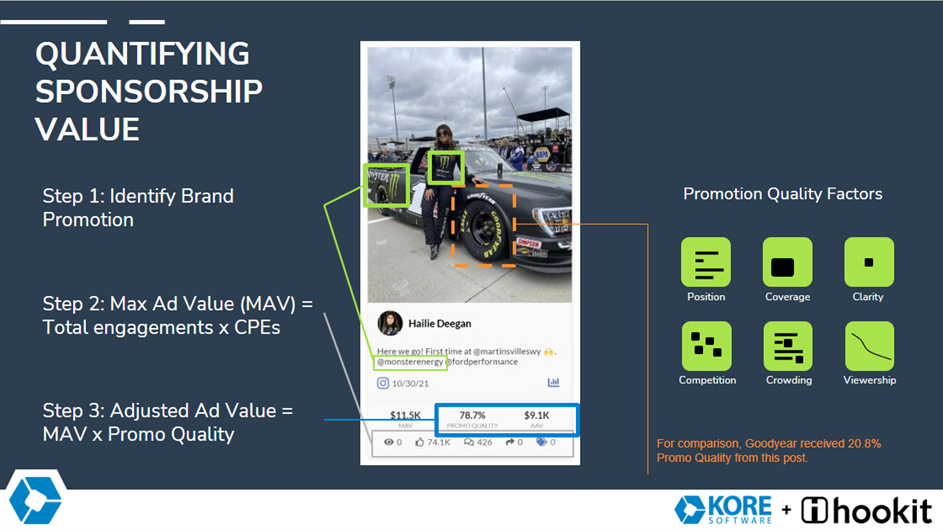
If you’d like to learn how the McLaren Formula 1 group used this tool to drive sponsorship revenues across their team, check out this case study.
Step 2: Setting Realistic Expectations
This step can be simultaneously done while also defining objectives, yet before measuring progress. It is important to set realistic expectations. Both parties should have a good understanding of what is possible and what isn’t. A lack of communication or unrealistic expectations can lead to frustration for either side and can even damage the partnership. It is important to be flexible and understand that not everything will go according to plan. Learn more about the balancing act of being reactive and proactive in our article on how to research partnerships for long-term success.
Things to keep in mind when setting expectations:
- Partnerships require effort from both sides; setting up checkpoints will help everyone stay accountable.
- Objectives should be achievable and relevant to support momentum and motivation.
- Not every objective can be measured equally or quantitatively, yet a Portfolio Optimization Platform can support every type of objective and easily track complex performance measurements.
- Not all partnerships are successful, but a single-source platform can increase the likelihood of long-term success.
- Results may take time to materialize, but with KORE’s centralized platform, you can access real-time insights faster, in between a regular cadence of analysis.
Step 3: Managing and Tracking Objectives
According to recent marketing studies, executives who implement a comprehensive approach to quantifying the impact of their sponsorships can increase returns by as much as 30%. (McKinsey & Company, Bauer Gordan, and Sellecke, n.d.)
Once objectives have been set between both parties it’s important to define measurable goals so that both sides can track and evaluate progress throughout the relationship. This is what our Activate tool does for you, all in a single- source-platform, so you can spend more of your time on strategy and revenue growth. Additionally, it is helpful if the partner is aligned with the organization’s target audience and has a similar brand message. Finally, ongoing communication is key – ensure that there is regular contact between both sides to discuss progress and update each other on new initiatives.
What’s an Example of a Good Partnership?
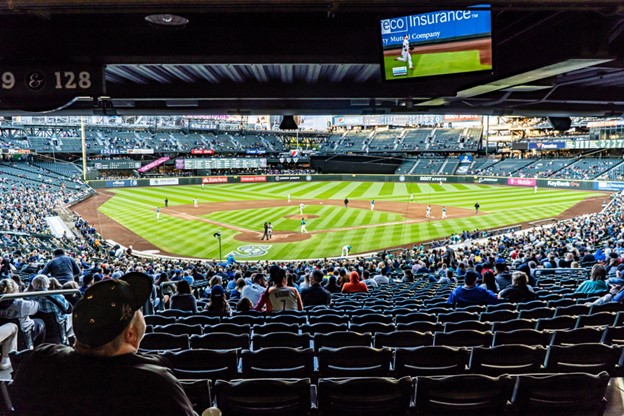
T-Mobile sponsors Major League Baseball (MLB) and has seen much success over the ten years they have been partnered. The company has been able to increase brand awareness amongst baseball fans, deepen fan engagement, and drive ticket sales. Their activations have been creative and engaging, such as providing free in-game Wi-Fi, offering unique giveaways, and streaming games for free on their social media channels and through MLB.TV for “T-Mobile Tuesdays”.
How Exactly Do We Track and Measure Partnership Success?
Every brand has a different culture and different goals. A common theme we hear is that there are so many different data points to look at that it’s hard to identify Key Performance Indicators (KPIs) to even measure objectives. Outside of feeling like things are going well, brands want tools that tell them what the ROI really is, but a common struggle is “there aren’t consistent KPIs across our organization because oftentimes sports marketing’s goals are different than the brand marketing team.” If this sounds all too familiar, then you’re probably in need of a source of truth that can capture all KPIs and Objectives and Key Results (OKRs), that can stretch across your organization. In a few short weeks we’ll be revealing our new single-source of truth platform holding all the tools and solutions that our clients use to gain a competitive advantage, plus more. Request a demo now of the platform that contains all the tools, data and insights that currently meet the needs of hundreds of other leading brands that we work with.
Conclusion
Partnerships are a big investment, and it’s important to make sure that both parties are getting the most out of the partnership. If you follow these steps and lean on the right tools to help you define, manage and track your partnerships it will keep both sides moving in a positive direction ensuring benefits for everyone involved. While managing and tracking objectives can be difficult, our Activate tool can help you define unique objectives, measure and track progress with real-time results to adjust things as you go. With regular communication between partners and across the teams supporting them, you can create a successful track record of sponsorship relationships that benefit everyone involved.
More Research
Read the case study on how Shell V-Power Racing is using Activate as their centralized platform, gaining real-time asset tracking, alignment and secure data transparency across their organization.

KORE is the global leader in engagement marketing solutions, serving more than 200 professional teams and 850+ sports and entertainment properties worldwide, providing practical tools and services to harness customer data, facilitate sponsorship sales and activation, and create actionable insights.
